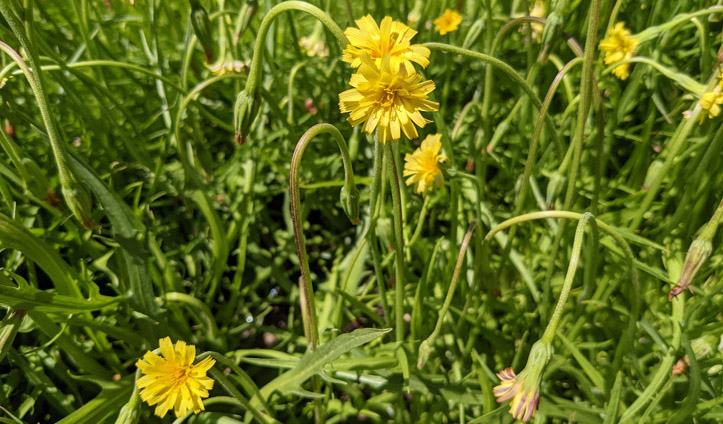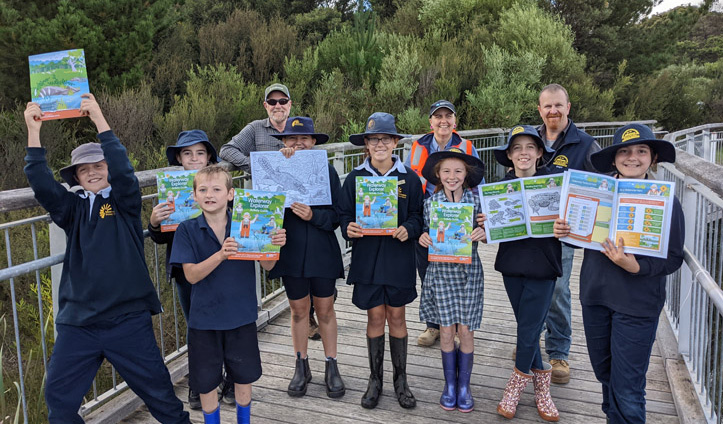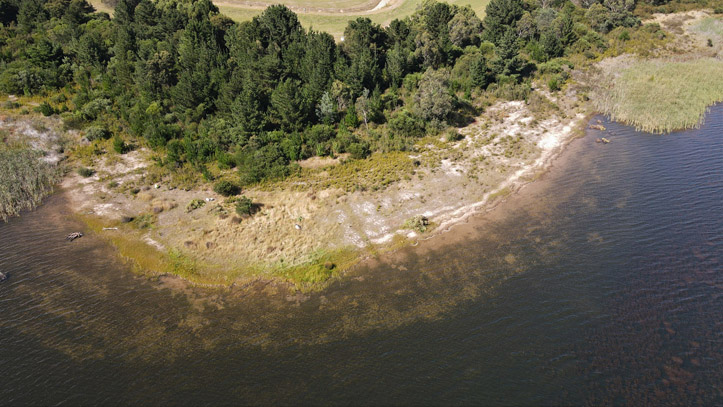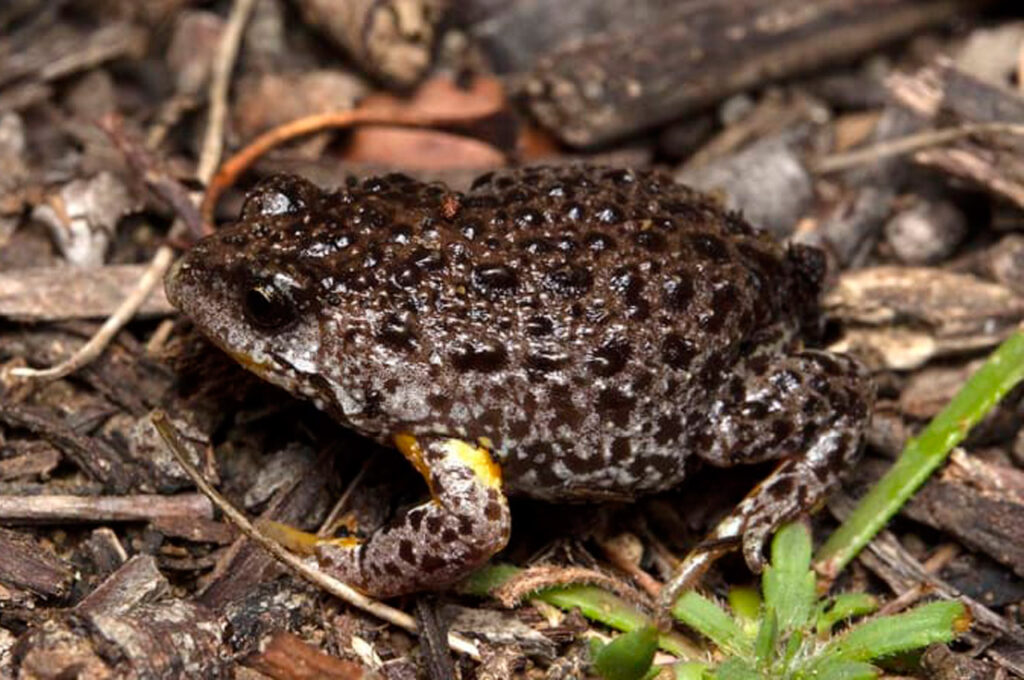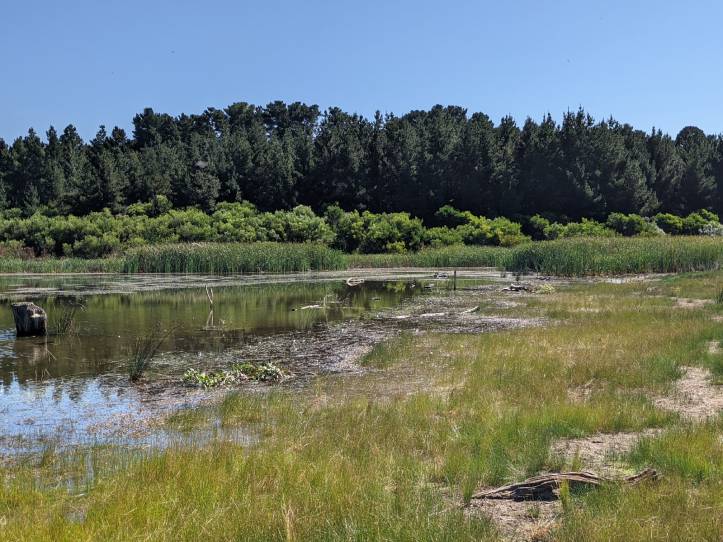FAQ
A few basic questions and answers to get you started
To become a volunteer with us, you will need to register with ParkConnect and create your volunteer profile. More information can be found on our volunteer page, or feel free to contact us if have any questions.
Yes you do, details on how to apply can be found: Here
We follow the Health & Safety guidelines provided by Parks Victoria.
At working bees, hats and sunscreen in the warmer months are to be worn along with sturdy boots or shoes, long pants and long sleeves to help minimise the risk of scratches bites and/or injury from tools.
Current Covid guidelines must be followed at all times, so please bring your own drinking water and snack.
No you don’t, just a willingness to help out and have some fun.
Depending on the weather, normally 2 – 3 hours. You can leave early if you need to.
Yes you can. To attend our activities, you just need to be registered on ParkConnect. However, if you do plan on attending more than two activities with us, administration is much easier and a time saver if you join The Crew at Daangean.
Yes you can, but you will need to be accompanied by a parent or guardian.


